Rich landscape in cloisonné enamel on blue and brown background imitating Aventurine stone. The décor represents a river surrounded by wisterias, chrysanthemums, peonies, iris and reeds, led by birds and fishes. A frieze with floral pattern frames the set. The enamel rests on a beautiful bronze frame with four elephants heads feet topped by handles with typical lambrequin from Barbedienne’s production.
Biographies :
Louis-Constant Sévin (1821-1888) was first trained to design and sculpture with the sculptor Antoine-André Marneuf (1796-1865). In 1839 he went into partnership with two sculptors, Phénix and Joyau, and he created designs for famous goldsmiths such as Denière, Froment-Meurice and Morel. He fled to London during the 1848 Revolution where he worked at Morel, with whom he exhibited art works at the 1851 Universal Exhibition. Back to France he took part to the 1855 Universal Exhibition by creating designs to the Limoges porcelain makers Jouhanneaud and Dubois. Since then he worked as head decorator at Ferdinand Barbedienne’s Company. He produced a lot of works : he designed the bronze decoration for the Paiva’s Hotel (on the Champs-Elysées avenue) and created models for Ferdinand Barbedienne. He participated in different exhibitions and was awarded at the 1862 London Universal Exhibition for the artistical excellence of the furniture items he designed and which are exhibited by Barbedienne. He also received a Gold Medal as collaborator at the 1863 Central Union of Decorative Arts Exhibition.
Ferdinand Barbedienne (1810-1892) created and headed at n°30 boulevard Poissonnière in Paris one of the most famous 19th century artistic bronze casting companies. He owed his reputation to his bronze casting of Ancient and modern sculptures, which subjects came from the greatest European museums, but also to his original bronze works designed in his workshop and reserved for furniture and decoration. In addition to his own production, Barbedienne worked for renowned sculptors such as Barrias, Bosio, Clésinger or Carrier-Belleuse. Awarded with two Council Medals at the 1851 London Universal Exhibition, the Barbedienne Company won at the 1855 Paris Universal Exhibition a medal of honour and eleven cooperator’s medals for the work of his co-workers, designers and chasers. At the 1867 Universal Exhibition in his capacity as member of and speaker for the Jury, he was non-contestant, but exhibited nevertheless with great success cloisonné and champlevé enamelled pieces. Barbedienne was made an Officer of the Legion of Honour in 1867 and Commander in 1878 when he was compared with “a prince of industry and the king of bronze casting”.


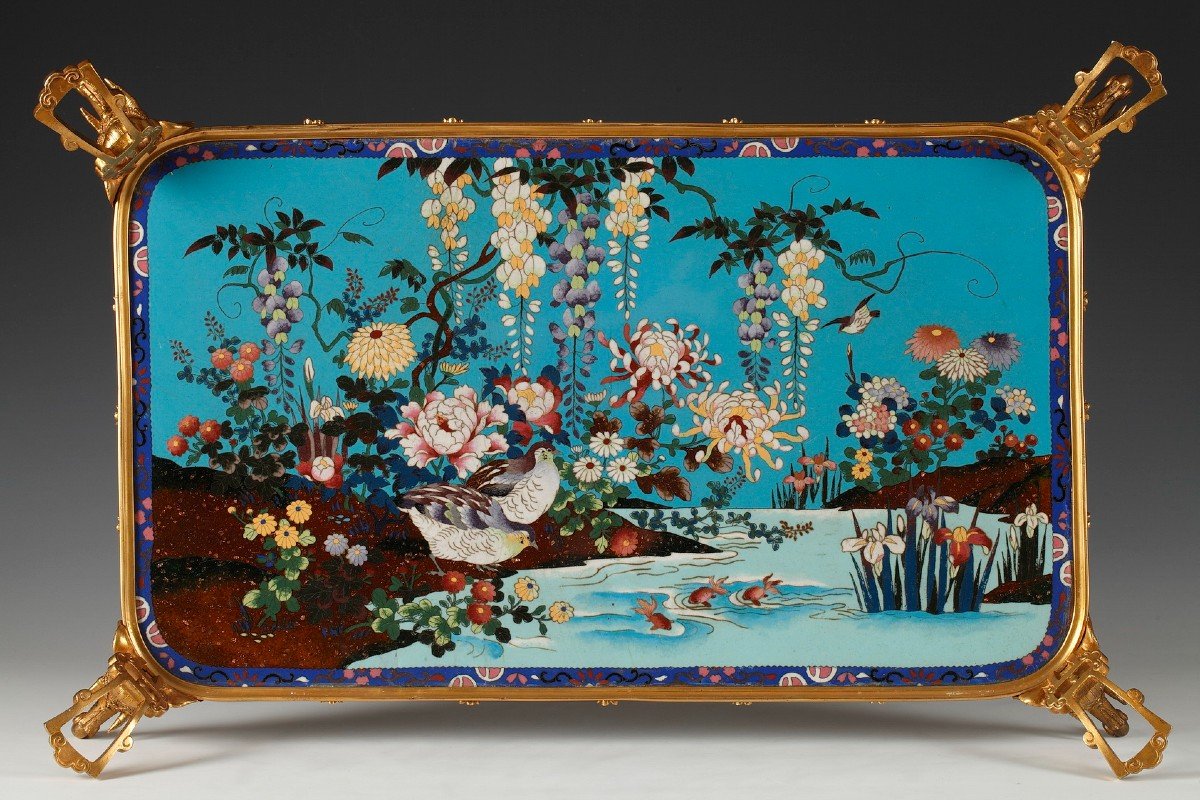
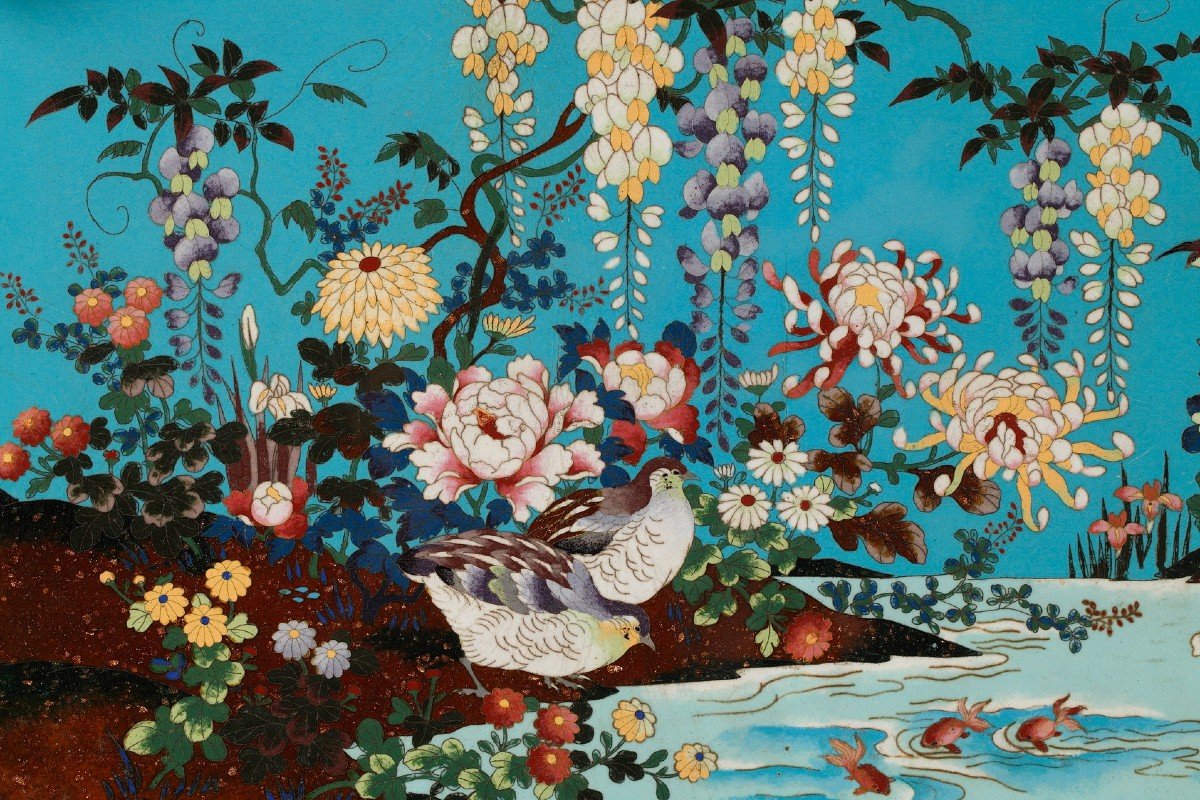
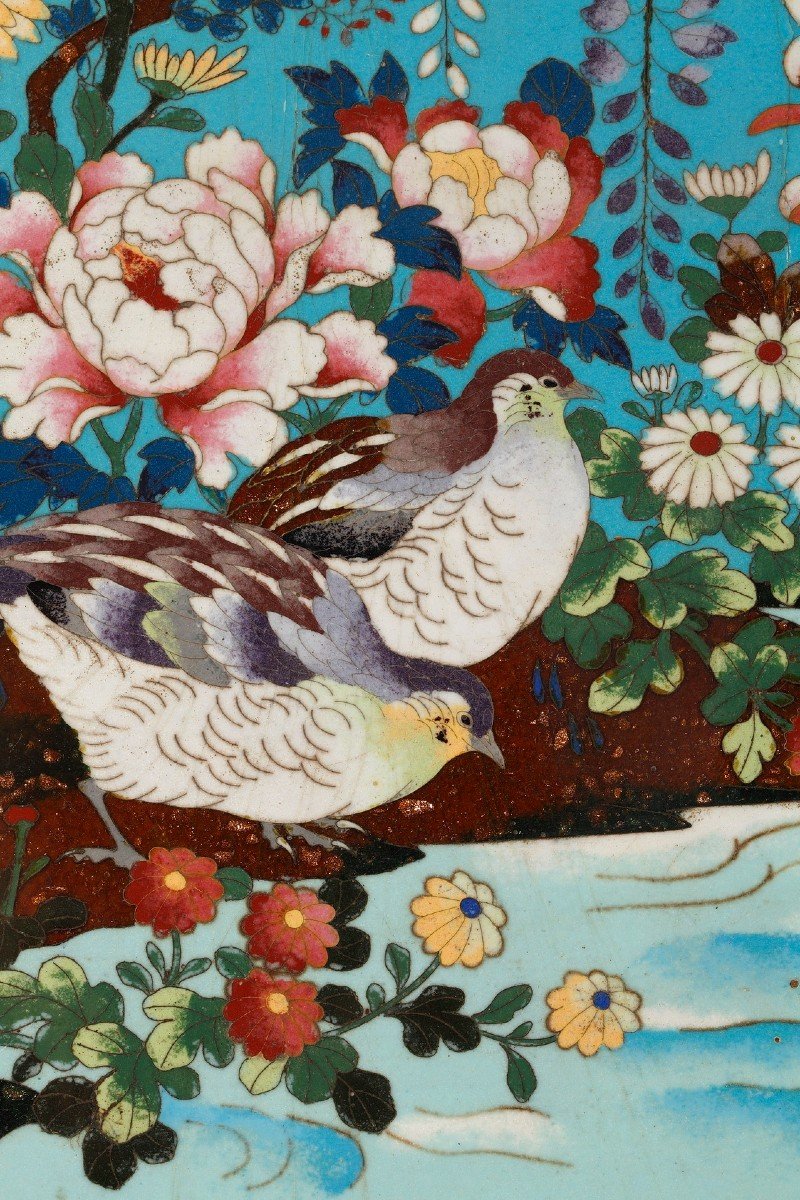
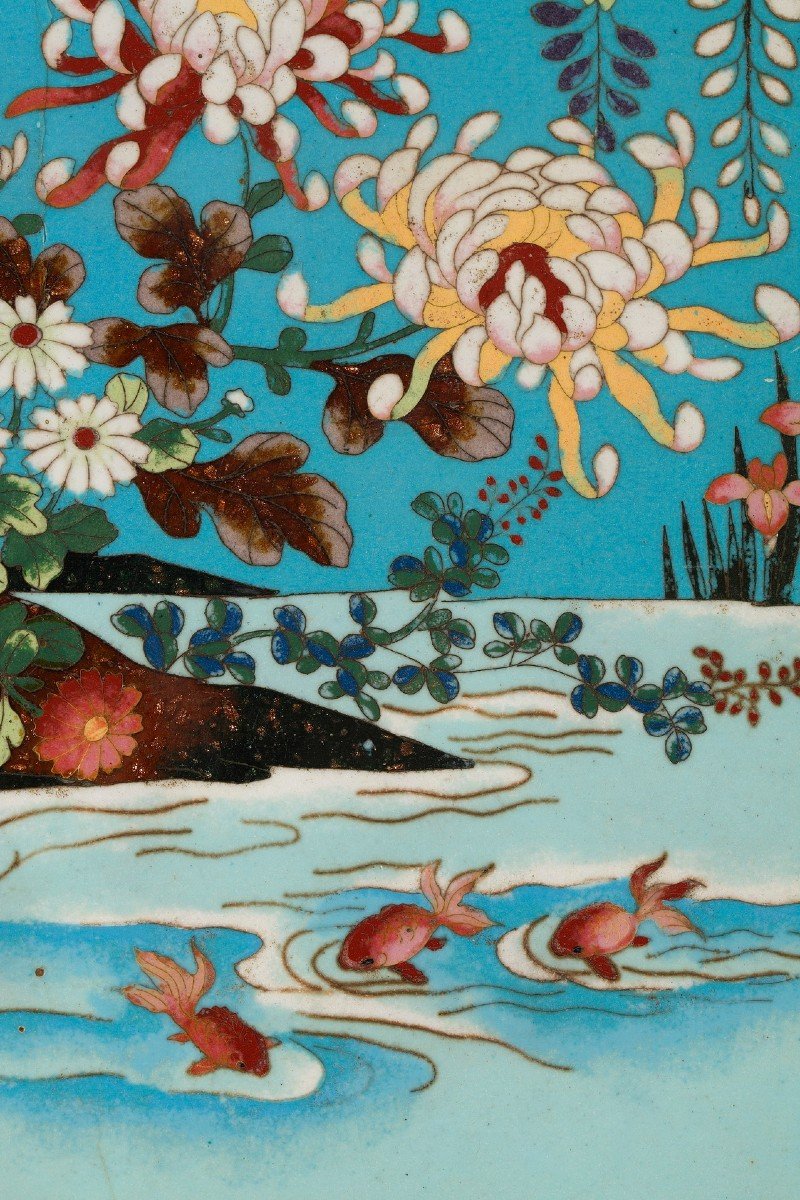
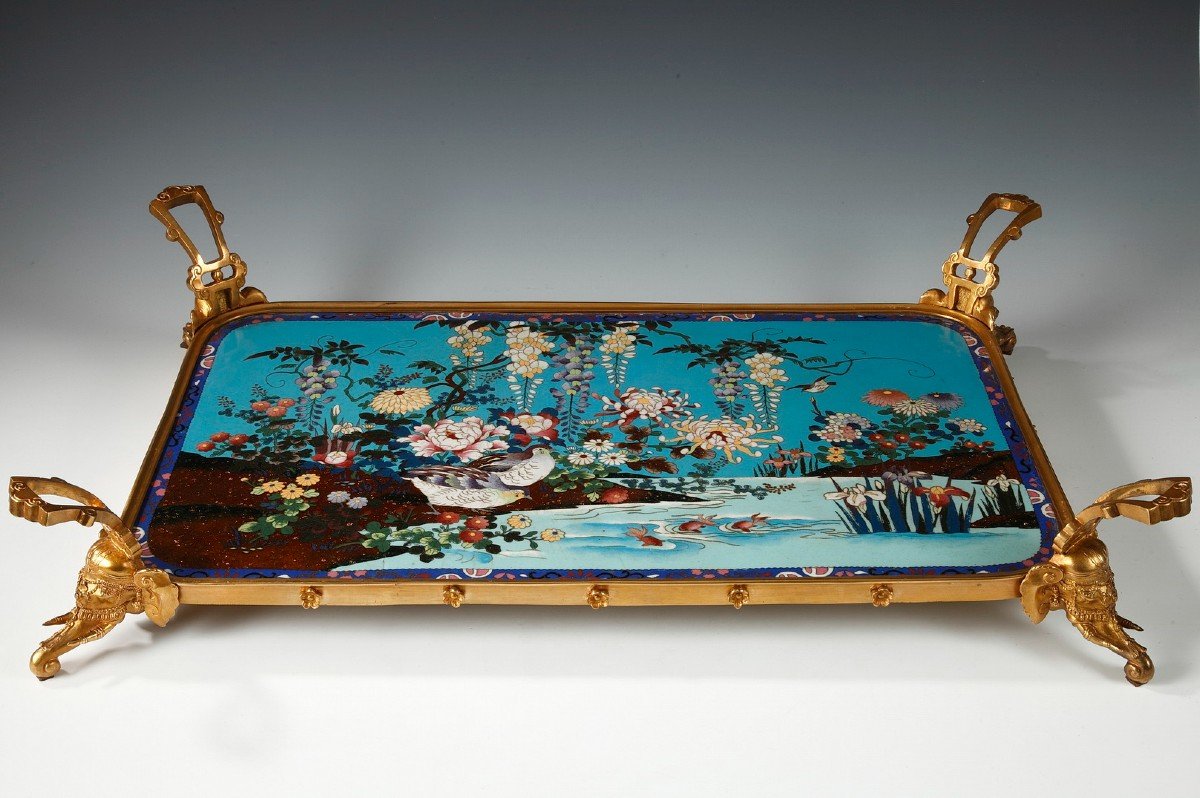
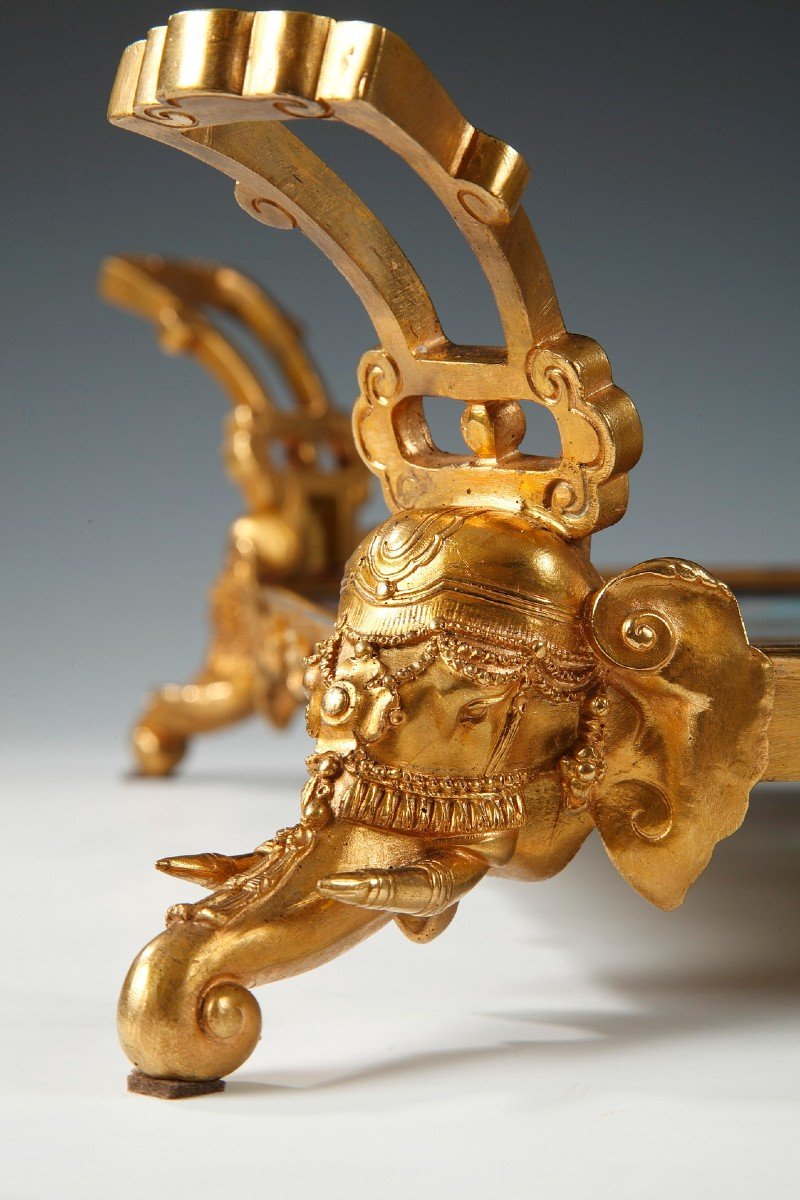
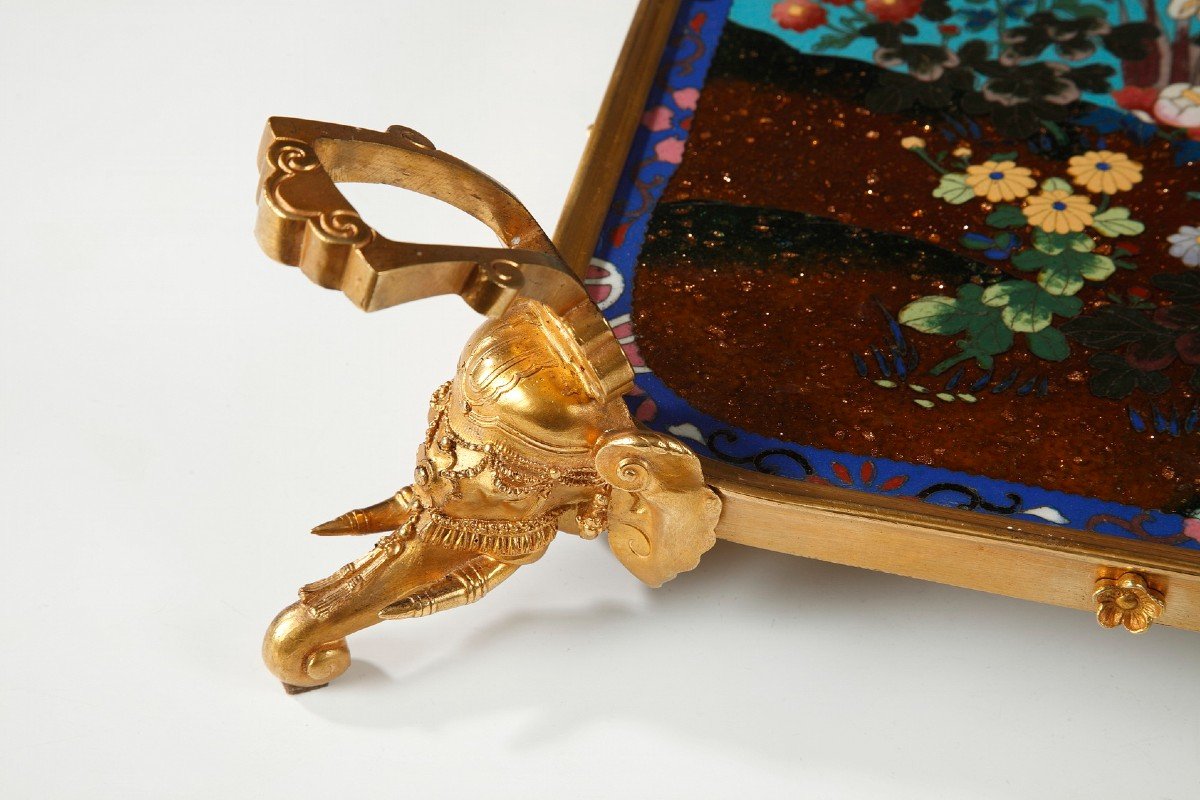










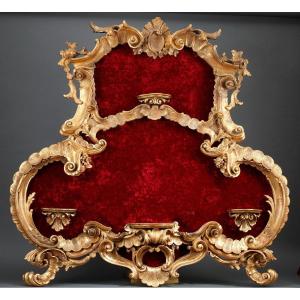


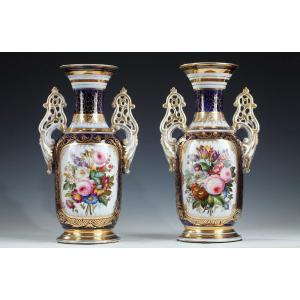



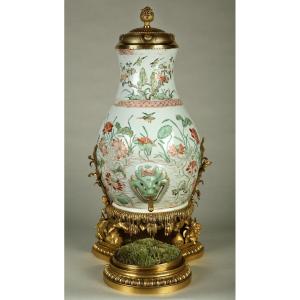
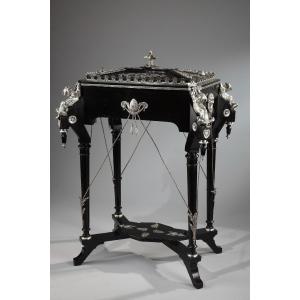



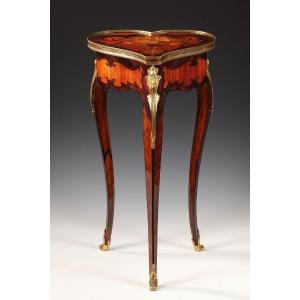


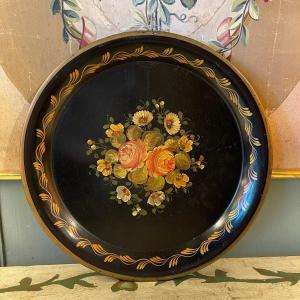
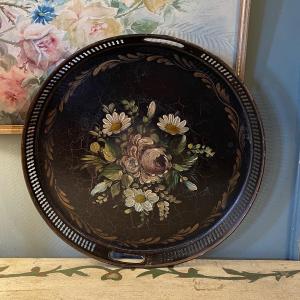




 Le Magazine de PROANTIC
Le Magazine de PROANTIC TRÉSORS Magazine
TRÉSORS Magazine Rivista Artiquariato
Rivista Artiquariato